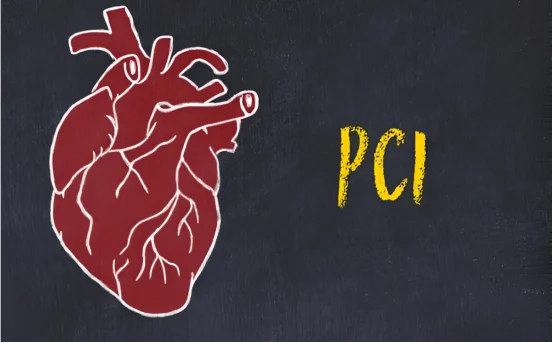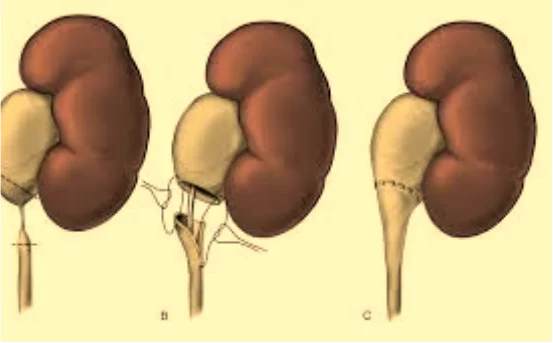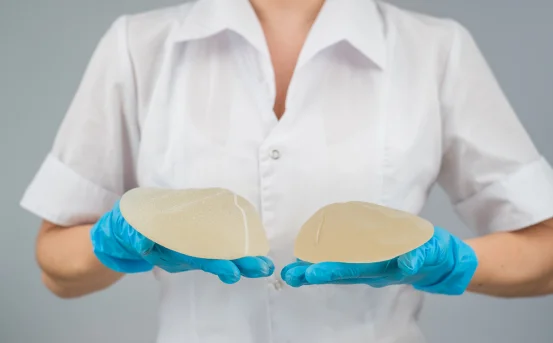Coronary angioplasty, or percutaneous coronary (PCI), is an advanced, minimally invasive technique employed to open blocked or narrowed arteries. Treatment for percutaneous coronary intervention is done to restore blood flow to the heart muscle in cases associated with coronary artery disease (CAD). This procedure significantly alleviates symptoms such as angina and reduces the likelihood of heart attacks.
Advancements in interventional cardiology—an area of medical science focused on treating diseases that require catheter-based procedures, such as angina, heart attacks, and other cardiac ailments—helped improve cardiac care by facilitating faster recovery, reducing risk, and improving overall patient outcomes. Let’s discuss the treatment for PCI surgery, its purposes, expectations, and aftercare.
Why Is PCI Surgery Necessary?
PCI is mainly advised for patients with the following conditions:
- Coronary Artery Disease (CAD)
- Acute Myocardial Infarction (Heart Attack)
- Angina (chronic chest pain)
- coronary atherosclerosis – blocked or narrowed arteries with plaque build up.
Potential symptoms for PCI include:
- Shortness of breath
- Chest pain
- Dizziness
- Fatigue during exertion
- Heart attack symptoms
- Evaluation Before Procedure
Patients who are scheduled to receive PCI surgery must undergo an ECG and cardiac stress test, echocardiogram, and coronary angiography (a dye-based imaging test to see blockages). These tests allows cardiologists to evaluate if PCI is appropriate, or if other treatment options, such as CABG (Coronary Artery Bypass Grafting), need to be considered.
Treatment for Percutaneous Coronary Intervention Surgery
- Preparation
- The patient is usually alert during this phase but given mild sedatives.
- Vital signs and heart activity are continuously monitored during the procedure.
- Local anesthetic and mild sedative are given to the patient.
- Catheter Insertion
- Utilizing fluoroscopic imaging, the physician guides a thin and flexible catheter through the blood vessel and to the heart.
- When the catheter reaches the blockage, a balloon located at the tip of the catheter is inflated to compress the plaque against the artery walls.
- Stent Deployment
- A stent is used to keep the artery open in most cases. A stent is a metal mesh tube.
- To prevent re-narrowing (restenosis), drug-eluting stents are used.
- Final Steps
- Removal of the deflated balloon is done.
- The stent is left permanently.
The entire procedure lasts 30 minutes to 2 hours depending on the number of blockages.
Recovery and Aftercare
- Immediate Post-Procedure Care
- Patients are monitored in the recovery area for several hours to overnight.
- The site of access is checked for potential bleeding or swelling.
- The majority of patients are discharged within a day.
Medications After PCI
To prevent clotting, antiplatelet drugs such as aspirin or clopidogrel may be prescribed.
- Statin medications will be used to manage cholesterol.
- Beta-blockers and ACE inhibitors are prescribed for heart health.
- Behavioral Changes
- Adopt a low-fat and low-sodium diet.
- Exercise regularly.
- Stay away from smoking and alcohol.
- Control diabetes and hypertension.
Advantages Treatment for Percutaneous Coronary Intervention Surgery
- Lower risk and less invasive than open-heart surgery.
- Rapid relief of symptoms including chest pain and shortness of breath.
- Reduced hospital stay and speedier recovery.
- Enhances circulation to the heart muscle.
- Decreases risk of future heart attacks.
Potential Problems and Side Effects
PCI has some risk like:
- Bleeding where the catheter is inserted.
- Allergic reactions to contrast die.
- Damage to arteries or blood vessels.
- Re-narrowing of the artery.
- In extreme cases, heart attack or stroke.
- Cardiologists assess patient risk factors to alleviate complications.
Alternative Treatments
When PCI cannot be performed, the following alternatives are available:
- Coronary Artery Bypass Surgery (CABG) – appropriate for several and complicated blockages.
- Medication Therapy – utilization of drugs to alleviate symptoms when surgery isn’t feasible.
- Lifestyle Changes – proper nutrition, physical activity, and cessation of smoking.
Success Rates and Long Term Outcomes
PCI particularly performs well in the managing of most patients, and its outcomes are much more effective when administered at the early stages of a heart attack. As with many other types of cardiac procedures, one could state that:
- The success rate exceeds 90% for the vast majority of patients.
- Individuals with single vessel disease tend to have the best results.
- Long-term survival greatly improves if lifestyle changes, as well as medication compliance, are integrated with PCI.
When to Contact Post PCI Doctor
Immediate assistance should be sought for the following:
- Catheter site bleeding or swelling.
- Chest discomfort that is new or worsening.
- Inability to breath easily.
- Fainting spells or unusual fatigue.
Your cardiologist should be consulted regularly for periodic evaluation of the heart and stent check up.
Conclusion
Recovery and rehabilitation after Treatment for percutaneous coronary intervention surgery represents a milestone in interventional cardiology because it’s less invasive and extremely effective for patients with coronary artery disease. Optimal therapy greatly improves life and cardiac functions, provided there is accurate PCI determination, competent performing, and meticulous postoperative management.
If you experience chest pain or symptoms suggestive of a heart problem, prompt assessment and management through PCI is critical. Always rely on an experienced cardiologist and a well-known cardiac care center to maximize the benefits of your Treatment for percutaneous coronary intervention procedure.























